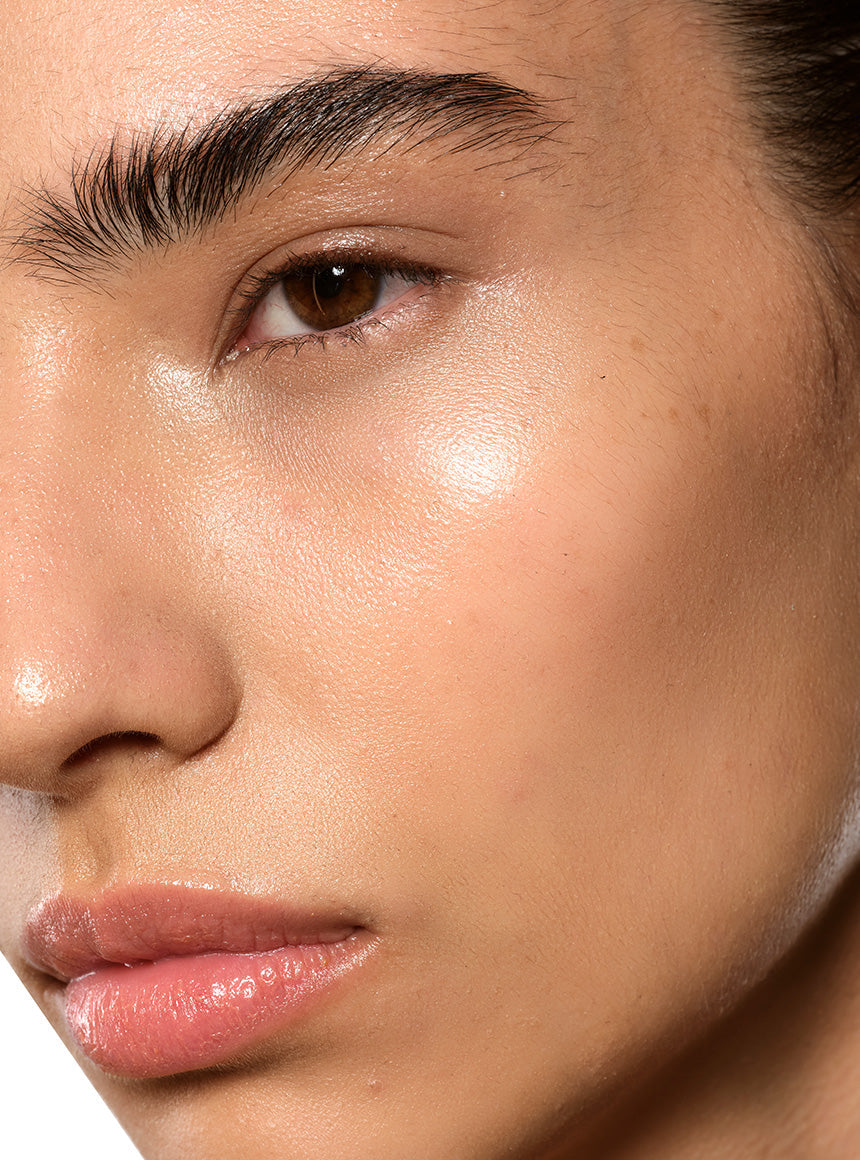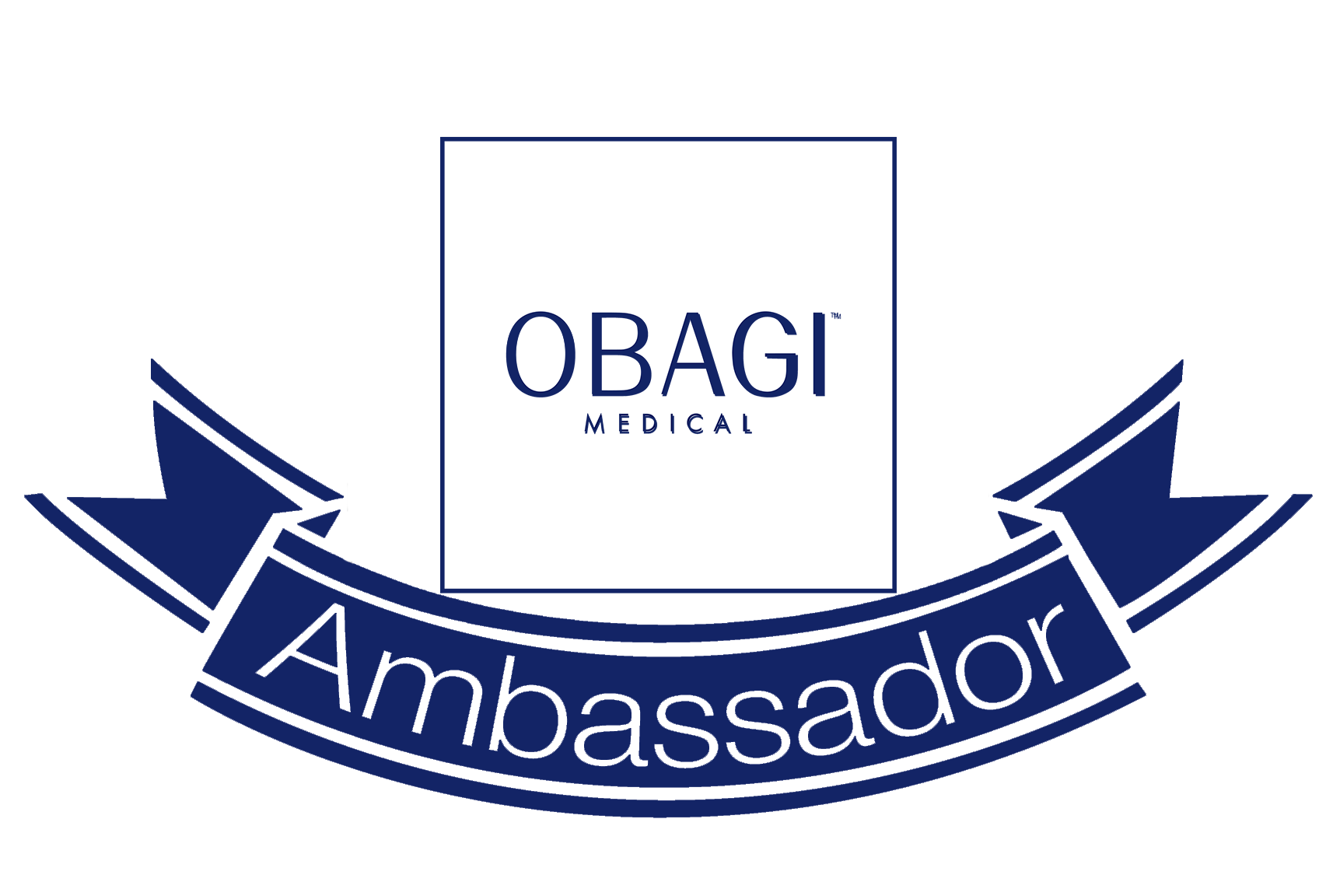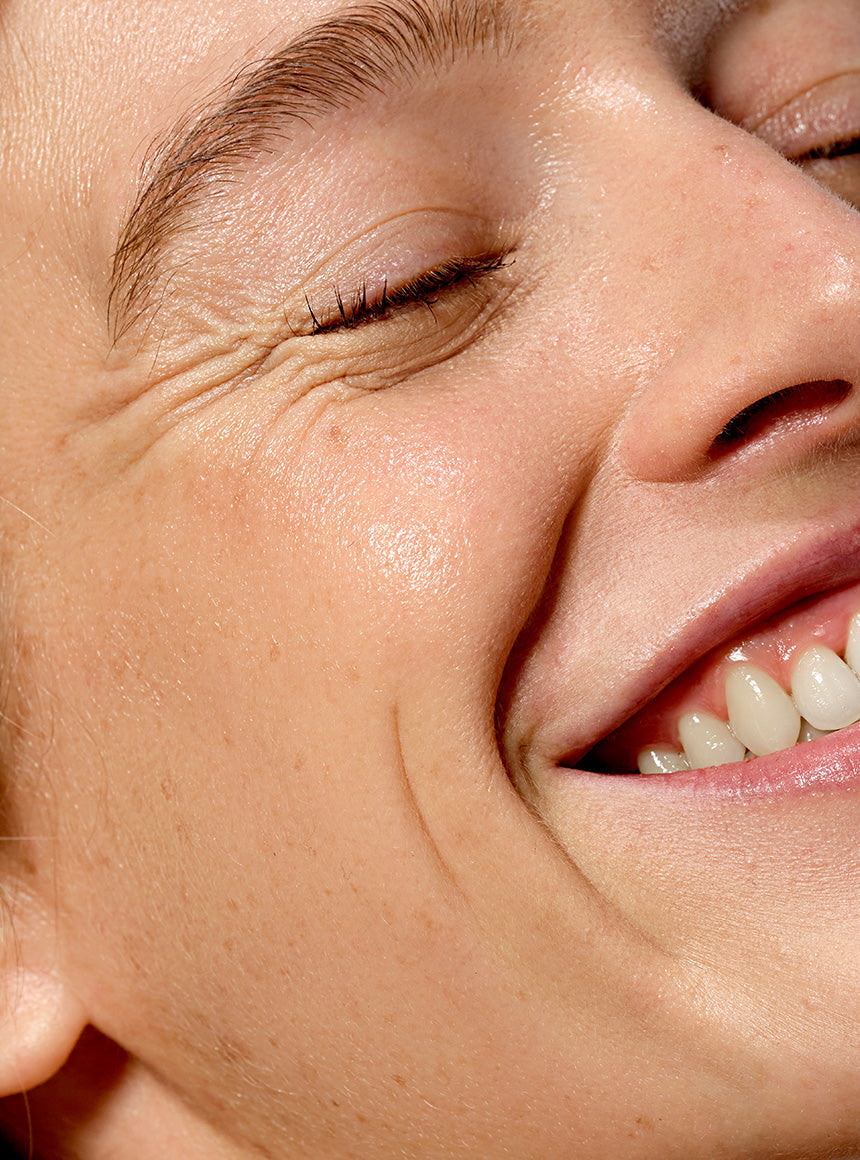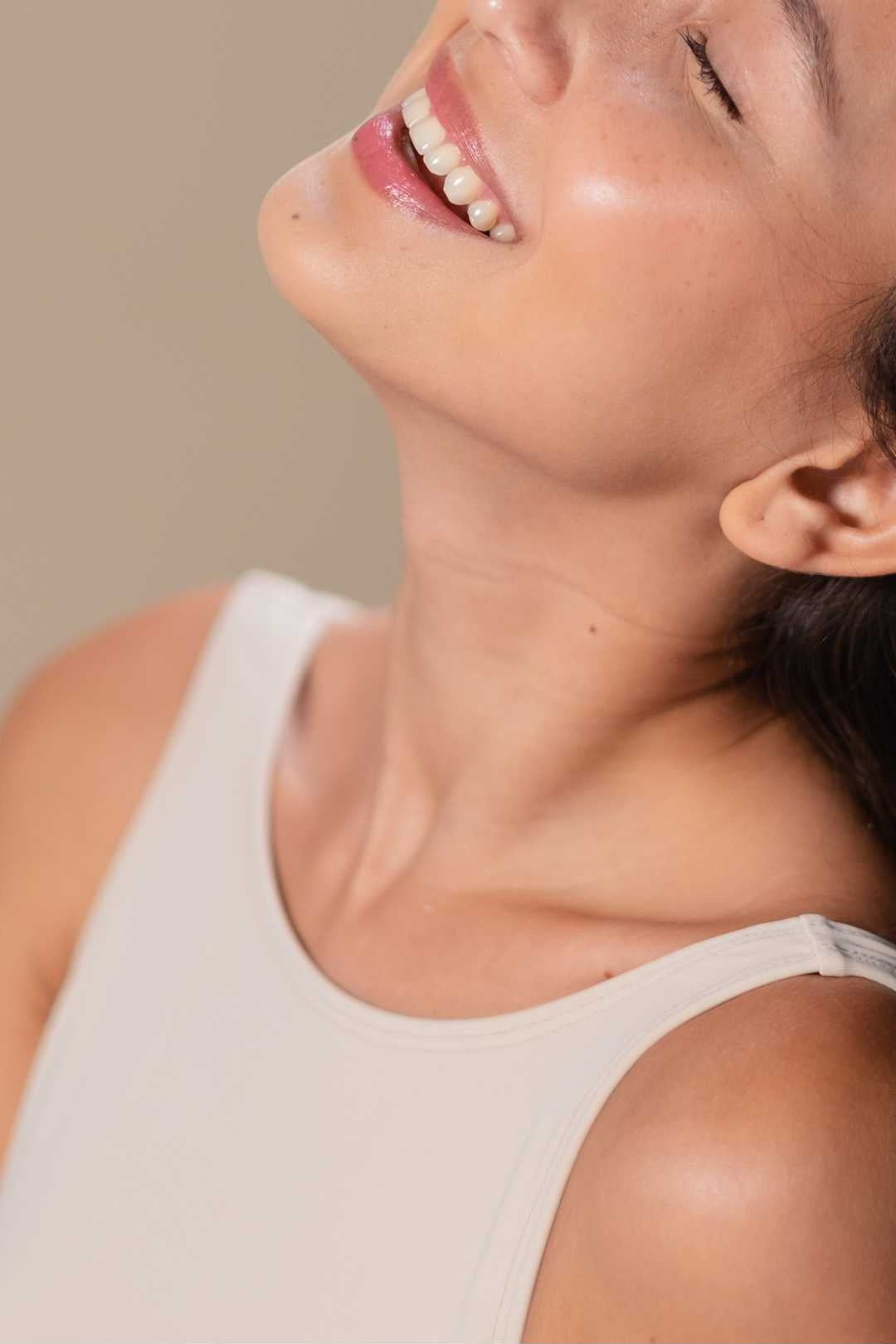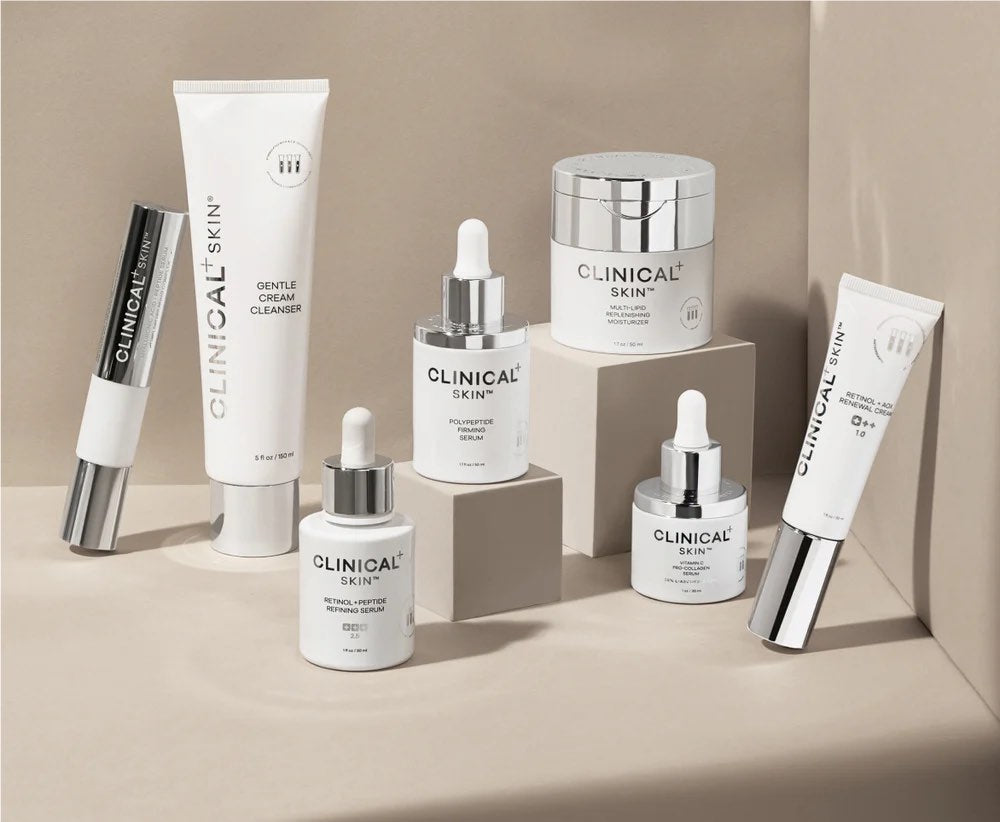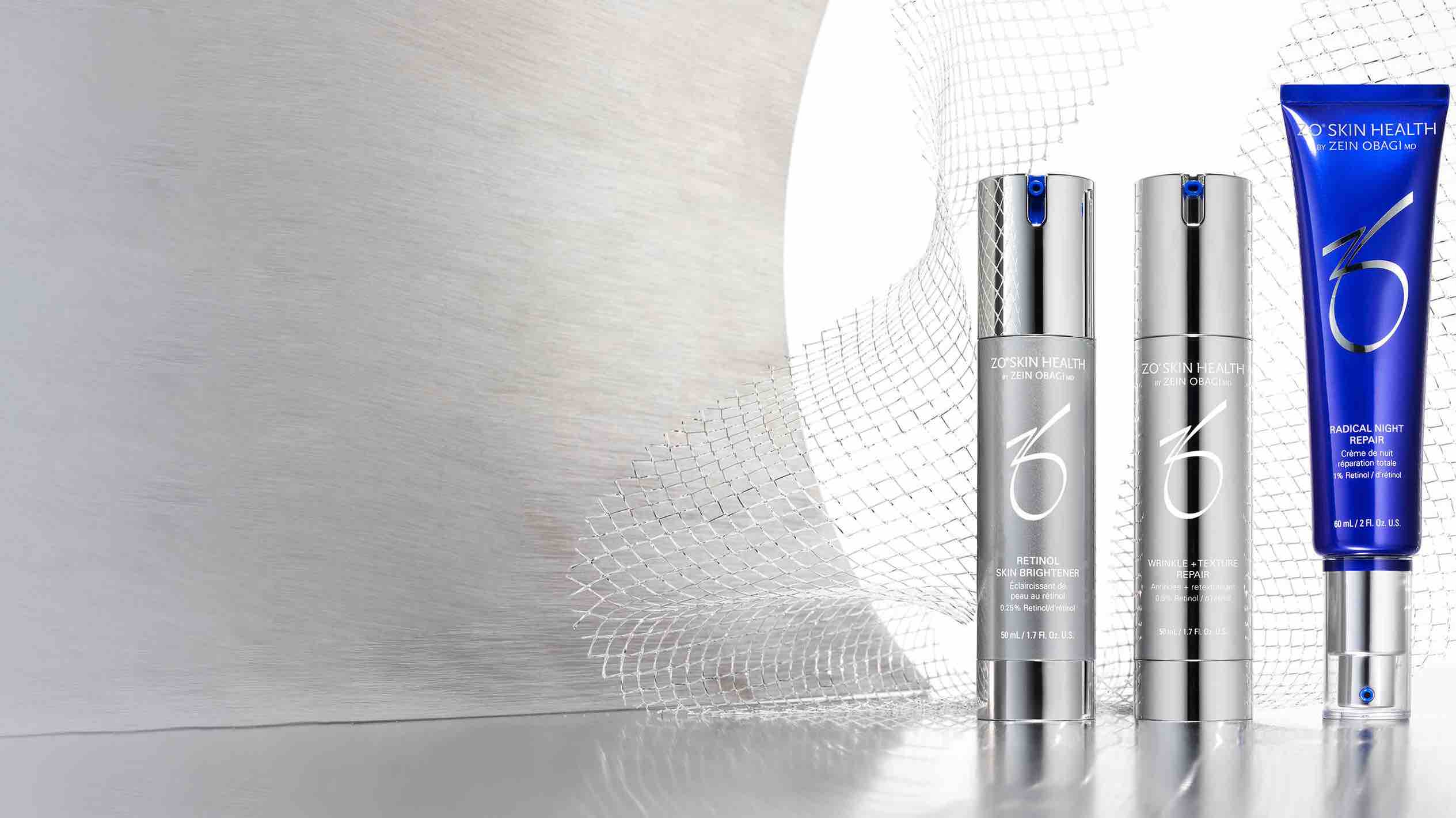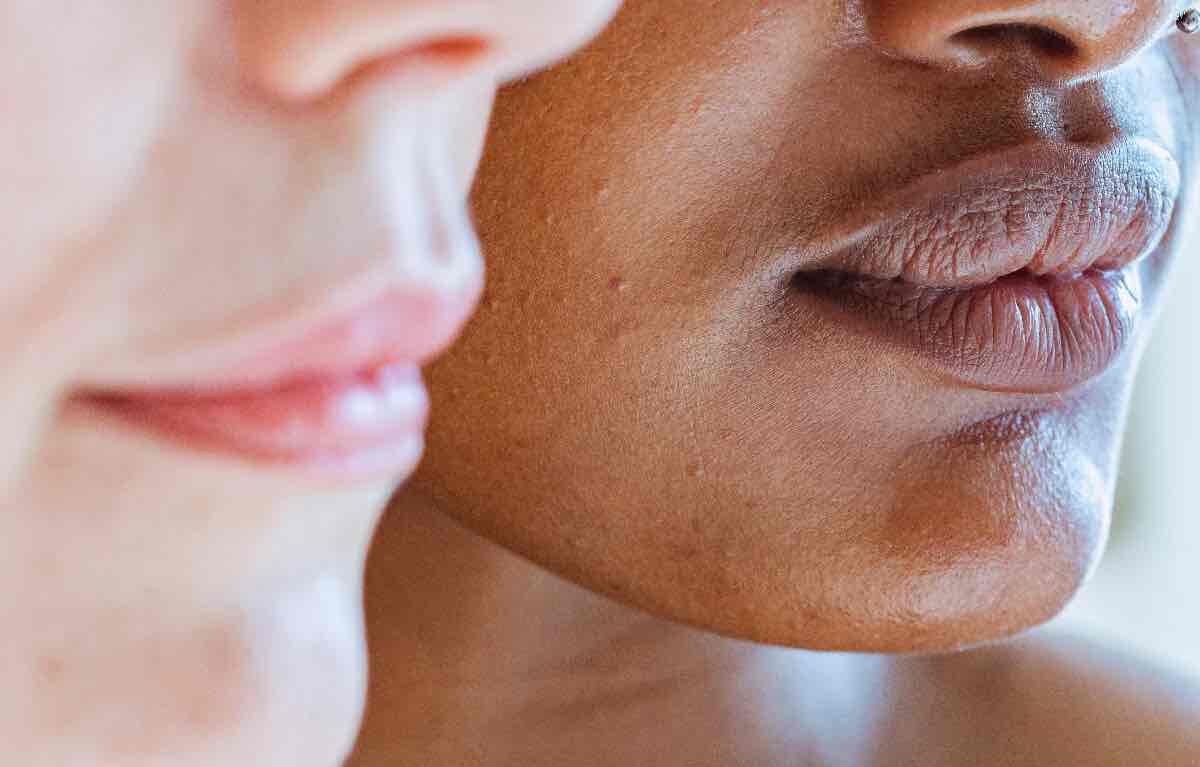
Breakout vs. Skin Purging: What’s Happening to Your Skin?
Starting a new skincare routine can be both exciting and nerve-wracking. You’re hopeful for glowing, clear skin, but what happens when your skin reacts with breakouts? Is it just a breakout, or is your skin purging? Knowing the difference between the two can help you adjust your routine accordingly and make sure your products are working as they should. Here’s how to tell whether your skin is purging or breaking out and how to manage both.
What is Skin Purging?
Skin purging occurs when active ingredients in a new skincare product, especially exfoliants like retinoids, AHAs, or BHAs, speed up cell turnover. This process brings underlying congestion (clogged pores and pimples) to the surface more quickly than your skin's natural cycle. It’s essentially a deep cleanse where your skin gets rid of impurities, and while it might look alarming, it’s a temporary phase on the path to clearer skin.
Symptoms of Skin Purging:
- Small, clustered blemishes, often in areas where you already experience breakouts.
- Whiteheads or tiny pimples.
- Slight redness or irritation in spots where the product was applied.
- Flaky, peeling skin, particularly if you're using a strong exfoliant like retinol.
Duration of Skin Purging:
Skin purging typically lasts around 4 to 6 weeks. This timeframe corresponds to a full cycle of skin cell turnover, meaning the impurities from deep within your skin are brought to the surface and cleared away.
How to Manage Skin Purging:
- Continue your routine: As long as you’re sure it’s purging and not a breakout, stick to your routine. The skin is clearing itself out and will improve.
- Hydrate and soothe: Use calming products with ingredients like aloe vera or hyaluronic acid to reduce irritation.
- Avoid adding new products: Let your skin adjust to one product at a time to minimize overstimulation.
What Is a Breakout?
A breakout is a skin reaction to clogged pores, often caused by oil, dead skin cells, and bacteria trapped beneath the surface. Breakouts can happen for various reasons—hormonal imbalances, stress, or introducing a product that doesn’t agree with your skin type. Unlike purging, breakouts aren’t part of a natural skin-clearing process and often signal that something isn’t working in your routine.
Symptoms of a Breakout:
- Random pimples, blackheads, or whiteheads in new areas of your face, particularly where you’ve never experienced blemishes before.
- Inflammation and painful cystic acne.
- Persistent redness and irritation, particularly in areas where the new product is applied.
- New sensitivity to a product, resulting in allergic reactions or discomfort.
Duration of a Breakout:
Breakouts can last longer than skin purging, and they won’t clear up until the underlying issue is addressed. This could be removing the problematic product or balancing your skincare routine.
How to Manage a Breakout:
- Stop using the product: If a product is causing irritation or new breakouts, discontinue its use.
- Switch to non-comedogenic products: Look for products labeled “non-comedogenic,” meaning they won’t clog your pores.
- Spot treatments: Apply a spot treatment with salicylic acid or benzoyl peroxide to target specific breakouts.
Key Differences Between Skin Purging and Breakouts
| Aspect | Skin Purging | Breakout |
| Cause | Increased cell turnover from active ingredients | Clogged pores, bacteria, irritation, or hormonal changes |
| Location | In areas prone to breakouts | In new areas not typically prone to acne |
| Duration | 4 to 6 weeks | Can last indefinitely if not treated |
| Appearance | Small, uniform pimples, peeling skin | Larger, inflamed pimples, cystic acne, irritation |
| Action | Continue using the product if it’s purging | Discontinue use if it’s causing a breakout |
How to Solve the Problem
If you’re unsure whether you’re experiencing skin purging or a breakout, it’s essential to take a step back and assess your routine. Here are a few tips to navigate both scenarios:
-
Introduce products slowly: Start with one new product at a time and gradually build up. This minimizes the risk of overwhelming your skin.
-
Moisturize regularly: Keeping your skin hydrated is key during both purging and breakouts. A lightweight, non-comedogenic moisturizer can help soothe irritation.
-
Consult an expert: When in doubt, it’s always best to get professional advice to determine what’s happening with your skin.

